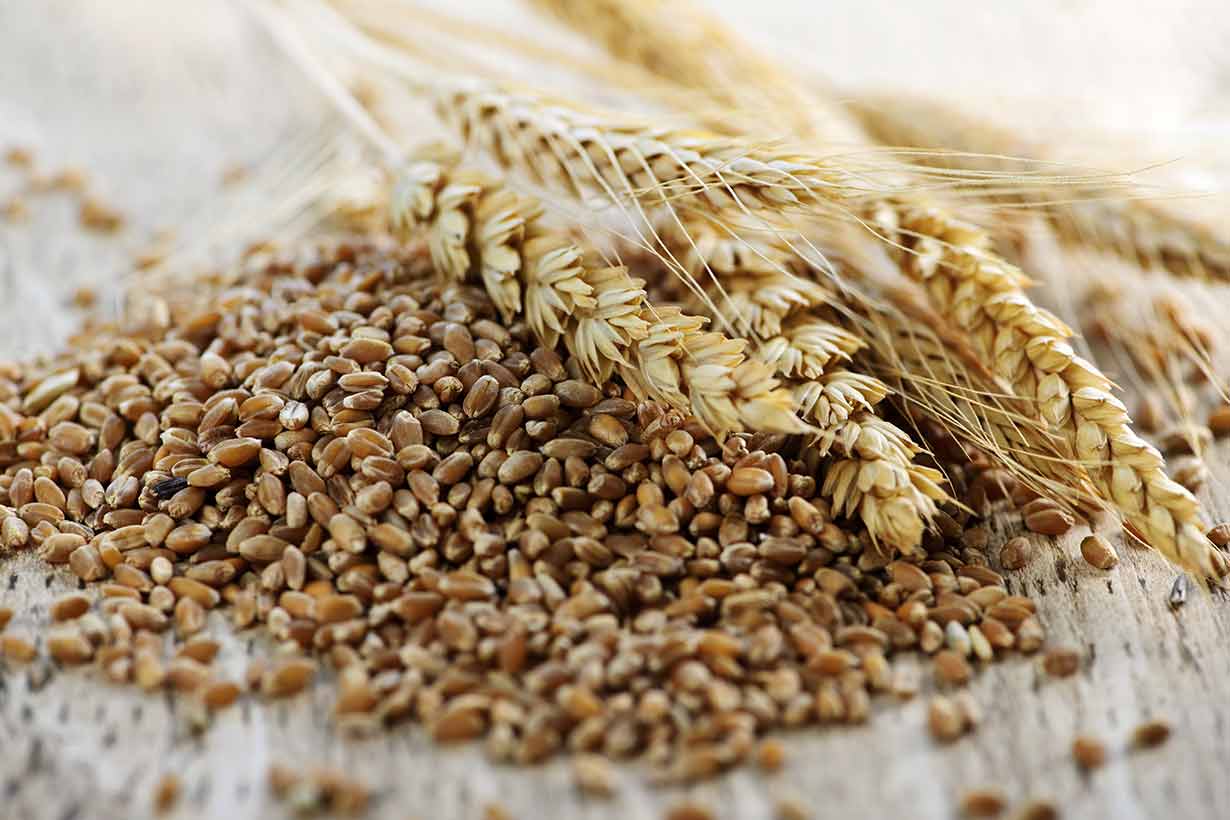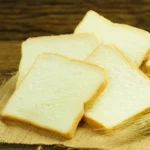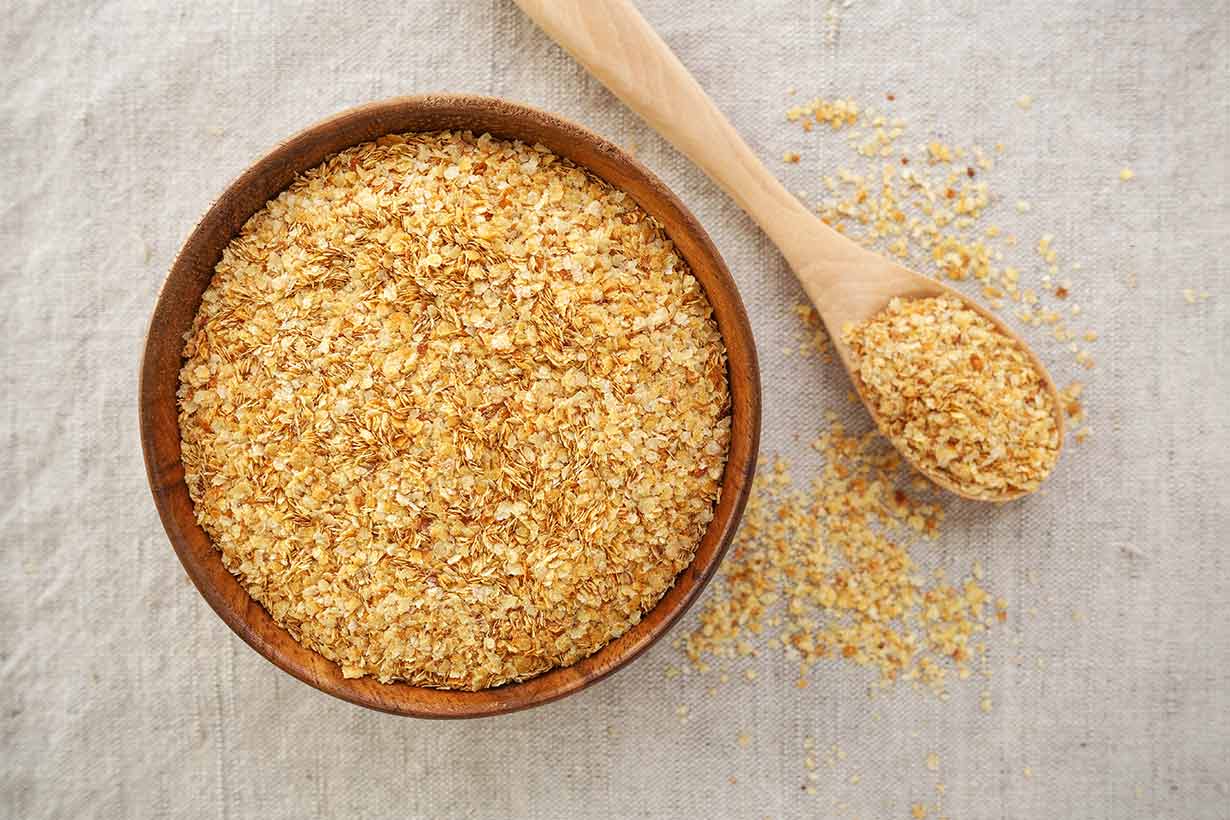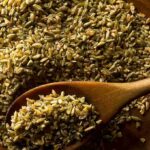Whole wheat pasta is a type of pasta made from whole-grain flour.
This article examines whole wheat pasta’s nutritional properties, benefits, and potential downsides.
Is it a nutritious choice?
Table of contents
What Is Whole Wheat Pasta?

Whole wheat pasta is similar to white pasta aside from the flour from which it is made.
Unlike regular pasta, made from refined wheat flour, whole wheat pasta is made from ‘wholegrain’ flour that includes the entire grain. In other words, it contains the grain kernel’s bran, germ, and endosperm (1).
Since neither the bran nor the germ has been stripped away from wholegrain flour, whole wheat pasta still contains all the fiber, protein, and nutrients within the original grain. This is not the case with white pasta and other refined grain products.
For this reason, whole wheat pasta is considered to be a ‘whole grain product.’
Like white pasta, whole wheat pasta is available in many varieties; farfalle, fusilli, lasagna sheets, penne, spaghetti, and more.
How Is Whole Wheat Pasta Made?
Based on a review of the pasta-making process published in Nutrients Journal, here is a summary of whole wheat pasta’s production process (2):
- Firstly, wholegrain flour is mixed with water at approximately 25-27 parts water per 100 parts of flour.
- The mixture then undergoes a kneading process to give the dough the desired properties.
- After this, the mixture goes into an extruder, where it is heated and forced through shaped holes. This gives the pasta the desired shape.
- Following the extrusion process, the pasta goes through a drying step. This is important for extending the shelf-life of the pasta and for its firmness and quality when cooking the final product. Commercial drying machines provide the desired temperature and humidity, which varies depending on the specific type of pasta.
- Once dried, the pasta is ready for packing and distribution.
Nutrition Facts
The following tables show whole wheat pasta’s nutritional properties per 3.5 oz (100-gram) dry weight.
The source of all nutritional data is the USDA’s FoodData Central database, and daily values have been calculated using the FDA’s recommendations (3, 4).
| Nutrient | Amount | Daily Value (% DV) |
|---|---|---|
| Calories | 352 kcal | |
| Carbohydrates | 73.4 g | 26.7% DV |
| Fiber | 9.2 g | 32.9% DV |
| Sugars | 2.74 g | |
| Fat | 2.93 g | 3.8% DV |
| Saturated | 0.43 g | 2.2% DV |
| Monounsaturated | 0.36 g | |
| Polyunsaturated | 1.14 g | |
| Omega-3 | 0.07 g | |
| Omega-6 | 1.06 g | |
| Protein | 13.87 g | 27.7% DV |
| Cholesterol | 0 mg | 0% DV |
Vitamins
| Vitamin | Amount | Daily Value (% DV) |
|---|---|---|
| Folate, DFE | 69 mcg | 17.3% DV |
| Vitamin B1 (thiamin) | 0.41 mg | 34.2% DV |
| Vitamin B2 (riboflavin) | 0.22 mg | 16.9% DV |
| Vitamin B3 (niacin) | 8.69 mg | 54.3% DV |
| Vitamin B5 (pantothenic acid) | 0.87 mg | 17.4% DV |
| Vitamin B6 (pyridoxine) | 0.28 mg | 16.5% DV |
| Vitamin E | 0.46 mg | 3.1% DV |
| Vitamin K | 1.4 mcg | 1.2% DV |
As we can see in the table, whole wheat pasta provides high levels of B vitamins.
Minerals
| Mineral | Amount | Daily Value (% DV) |
|---|---|---|
| Calcium | 29 mg | 2.2% DV |
| Iron | 3.62 mg | 20.1% DV |
| Magnesium | 128 mg | 30.5% DV |
| Phosphorus | 343 mg | 27.4% DV |
| Potassium | 434 mg | 9.2% DV |
| Sodium | 6 mg | 0.3% DV |
| Zinc | 2.97 mg | 27% DV |
| Copper | 0.50 mg | 55.6% DV |
| Manganese | 2.98 mg | 129.6% DV |
| Selenium | 77.6 mcg | 141.1% DV |
As the table shows, whole wheat pasta is an excellent copper, manganese, and selenium source. It also provides high levels of magnesium, phosphorus, and zinc.
Whole Wheat Pasta Benefits
Here are some of the main nutritional benefits of whole wheat pasta based on its nutritional composition and published research.
More Fiber and Protein Than Regular Pasta
Since whole wheat pasta contains all of the grain kernel, it has a higher nutrient content than white pasta and similar products like couscous.
Compared to white pasta, whole wheat pasta provides 188% more fiber per 100 grams of dry weight. Whole wheat pasta has 9.2 grams of fiber, whereas white pasta contains only 3.2 grams (3, 5).
The variation in protein content isn’t quite as significant, but there is still a difference.
Whole wheat pasta offers approximately 7% more; 13.9 grams of protein per 100 grams of dry weight, whereas white pasta contains 13.0 grams (3, 5).
A Source of Whole Grains
The only ingredient in whole wheat pasta is wholegrain flour, which is a whole grain. In contrast, the ingredient used to produce white pasta is refined wheat flour, which has a lower nutrient composition.
Extensive systematic reviews of the existing evidence have found that greater consumption of wholegrains is associated with a lower risk of chronic disease and all-cause mortality (6, 7, 8, 9).
Furthermore, research shows that replacing refined grains with whole grains may have various beneficial effects.
On this note, a 2020 systematic review and meta-analysis of twenty-five randomized controlled trials examined the effect of replacing refined grains with whole grains. The results found that consuming whole grains rather than refined grains improved LDL-cholesterol (sometimes referred to as “bad cholesterol”), lowered blood sugar levels, and reduced C-reactive protein, a marker of inflammation (10).
May Reduce Hunger and Enhance Satiety
Research suggests that compared to refined grain pasta, whole wheat pasta may lower hunger and improve satiety, thus potentially improving appetite control (11, 12).
Satiety refers to the feeling of fullness and satisfaction after eating when there is no desire to eat more. Put simply: the opposite of hunger.
Potential Downsides
There are also some potential downsides of whole wheat pasta to consider. These primarily relate to its taste and potential sensitivities to gluten.
Grainer Taste Than White Pasta
A potential negative point is that whole wheat pasta tastes somewhat different from white pasta. In this regard, it has a grainer, more earthy flavor, which some people may not appreciate.
A study published in 2021 on the willingness of US university students to include wholegrain pasta in their diet examined this issue. The study noted that ‘rejection to taste and texture’ has been identified as a barrier to increasing wholegrain food consumption (13).
However, the study also surveyed 499 university students and found that they viewed whole wheat pasta as “somewhat tasty.” Thus, people may find it easier to swap refined grains for whole wheat pasta compared to lesser-processed whole grains.
Gluten
Another potential drawback (depending on the individual) of whole wheat pasta is that it contains gluten. Gluten is a protein found in wheat that, for some individuals, can trigger an autoimmune disease of the small intestine called celiac disease (14).
Additionally, some people have non-celiac gluten sensitivity. For people with this condition, consuming gluten can lead to a range of symptoms but without clinical evidence of celiac disease being present (15).
Since whole wheat pasta contains gluten, it is unsuitable for individuals with celiac disease or any form of gluten sensitivity.
How Does Whole Wheat Pasta Compare Nutritionally To White Pasta?
For a quick comparison, the following table contrasts the basic nutritional values of whole wheat pasta and white pasta per 100 grams of dry weight (3, 5):
| Nutrient | Whole Wheat Pasta | White Pasta |
|---|---|---|
| Calories | 352 kcal | 371 kcal |
| Carbohydrates | 73.4 g | 74.7 g |
| Fiber | 9.2 g | 3.2 g |
| Fat | 2.93 g | 1.51 g |
| Protein | 13.9 g | 13.0 g |
This nutritional data shows that whole wheat pasta has a slightly lower calorie content than white pasta. However, it also has significantly higher levels of fiber, slightly more protein, slightly fewer carbohydrates, and a little more dietary fat.
How Does Whole Wheat Pasta Compare Nutritionally To Legume-Based Pasta?
In recent years, legume-based pasta products have become popular. These include chickpea pasta, edamame pasta, and red lentil pasta.
Each of these varieties has slightly different nutritional values, but as they are made from legumes, they provide more protein than whole wheat pasta.
This complete guide to legume pasta details the different varieties and their nutritional properties. Additionally, you can see how they compare to whole wheat pasta nutritionally.
How To Use Whole Wheat Pasta
There are no specific differences between whole wheat pasta and white pasta regarding their uses.
Each product can be used in typical pasta dishes, as a side ingredient, or however else someone may wish to use pasta.
To make whole wheat pasta, see the following steps:
Time needed: 20 minutes
How to cook whole wheat pasta:
- Bring water to the boil
Add enough water to a pan to cover the amount of pasta you intend to (later) add, and bring the water to a boil.
- Add the pasta
Once the water is boiling, add the whole wheat pasta to the pan.
- Bring to a boil
Once the pasta is in the pan, bring the water to a boil, which should take a few minutes.
- Simmer
Once the water is boiling again, turn the heat down slightly and then simmer for approximately 10-12 minutes, dependent on the desired texture. Ten minutes for a firmer texture and twelve minutes for a softer one.
Common Questions
For further information, here are answers to common questions about whole wheat pasta.
In terms of nutritional composition, whole wheat pasta is “better” than white pasta because it contains significantly more fiber, protein, and higher levels of vitamins and minerals.
Compared to white pasta, whole wheat pasta has a slightly grainier texture and is not as soft. It also has a stronger flavor that comes through in cooked dishes in a way that the relatively bland flavor of white pasta doesn’t. The overall flavor is earthy and slightly nutty.
The answer to this question depends on what someone wants from their pasta and the composition of their overall diet. For example, whole wheat pasta is higher in selenium than other pasta varieties. Therefore, whole wheat pasta is a good option for someone who is under-consuming selenium. In contrast, some legume-based pasta products have a much higher protein content, so they may be more suitable for someone aiming to increase their protein intake. However, whole wheat pasta is certainly more nutritious than refined grain (white) pasta.
Final Thoughts
For those who enjoy the taste, whole wheat pasta offers higher fiber and protein than regular pasta, alongside significantly more vitamins and minerals.
In this regard, replacing white pasta with whole wheat pasta is a simple swap that can help to increase the intake of beneficial nutrients.
Similar to other wholegrain products like popcorn, it is also a more straightforward way for many people to consume whole grains and increase their fiber intake.








